Technical Climbing: Challenging Limits and Exploring Unknown Peaks – An Interview with Technical Climbing Enthusiast Xu An-Ting
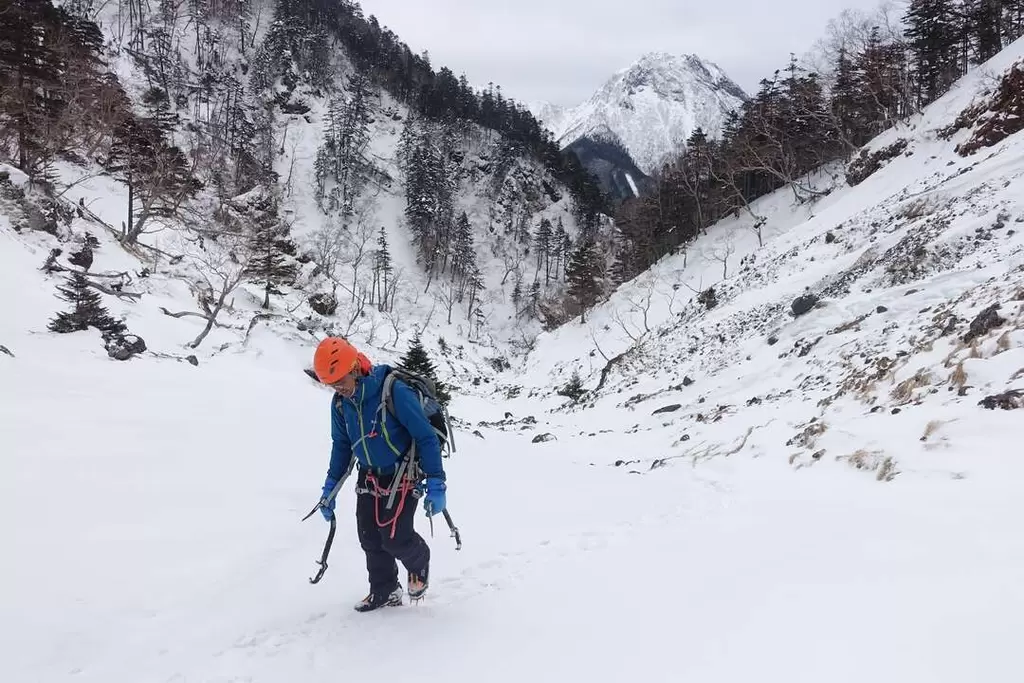
Xu An-Ting climbing Mount Akaishi. Image Source: Xu An-Ting
Technical climbing is a challenging yet highly rewarding activity that requires not only physical strength and advanced climbing skills but also the ability to handle unpredictable obstacles, making it an appealing pursuit for adventure enthusiasts. In an exclusive interview with Lite-On Sports News, technical climber Xu An-Ting shares over 10 years of experience in river tracing, rock climbing, and mountaineering. Starting with rock climbing, he gradually ventured into snow training and high-altitude technical climbing. Recalling his first climbing experience, he said, "Despite the heavy backpack and humid weather, there was an inexplicable sense of excitement."
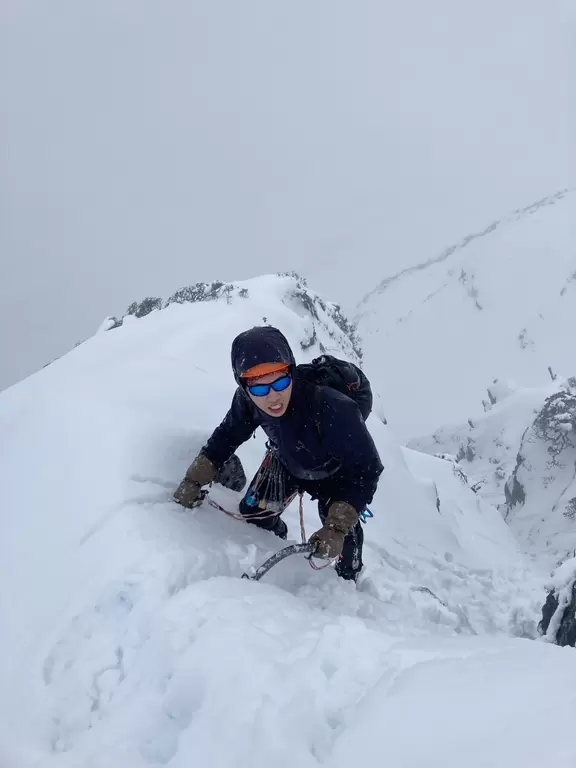
Xu An-Ting climbing Snow Mountain North Ridge. Image Source: Xu An-Ting
When asked about his most memorable climbing experience, Xu mentioned Snow Mountain's North Ridge. "It was a mix of drizzle and wet snow, with thick layers of freshly fallen powder. Climbers often lost footing or stumbled into shrubs, and the strong winds made the environment extremely harsh. Relying on courage and past experience, I managed to overcome these challenges." However, he emphasized that risk management in climbing is more about avoiding hazards reasonably rather than confronting them head-on. Avoiding severe weather and minimizing unnecessary risks are key to ensuring safety.
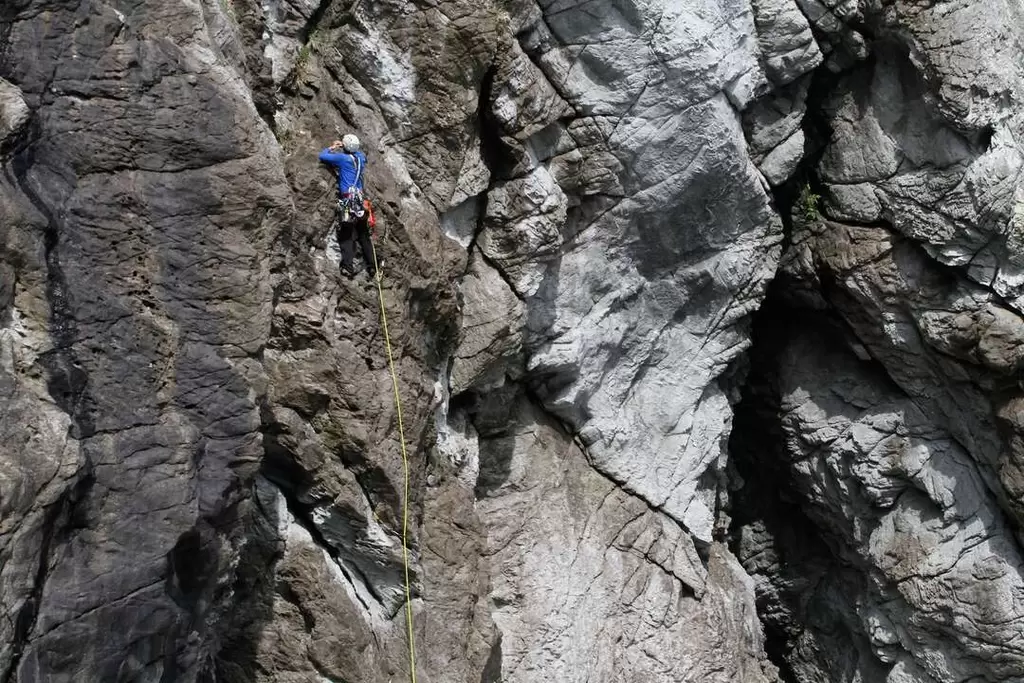
Xu An-Ting climbing Hualien Kanakan Cliffs. Image Source: Xu An-Ting
His most dangerous climbing experience was on the Kanakan Cliffs in Hualien, also known as Renhe Cliffs. This sheer rock face rises about 350 meters above the Pacific Ocean and is notoriously fragile due to continuous weathering. "On the crumbling rock face, securing ropes safely was nearly impossible. If a rope slipped, it could mean a fatal fall. With immense pressure, I finally secured the ropes and rappelled back down. It was one of the riskiest experiences I've had," he said.
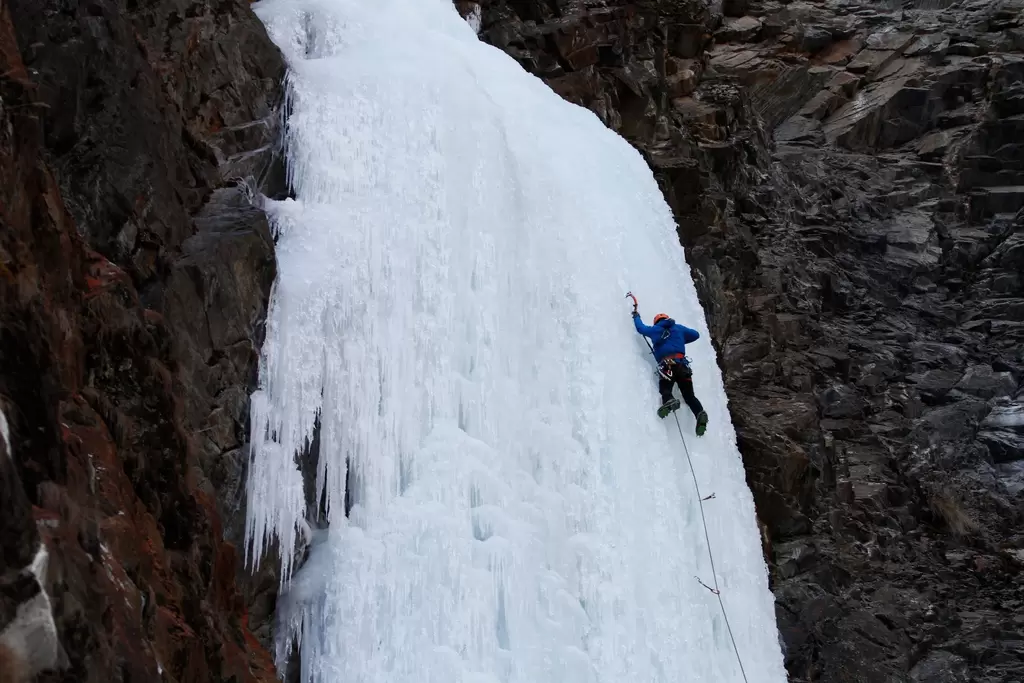
Xu An-Ting climbing ice routes in Sichuan's Shuangqiao Valley. Image Source: Xu An-Ting
In addition to climbing in Taiwan, Xu has also ventured to Sichuan's Shuangqiao Valley for ice climbing. "That trip included climbing Mount Siguniang's Third Peak and ice climbing courses. It was my first overseas climbing experience, and I still vividly remember those moments," he said. Comparing ice climbing to rock climbing, he explained, "In ice climbing, we use ice axes instead of handholds. The muscle groups engaged and the techniques for using tools are different. You must also be familiar with how crampons interact with the ice—whether it feels solid or needs adjustment."
For readers curious about entering the world of technical climbing, Xu believes that both physical and mental preparation are fundamental. Only after building sufficient experience should climbers focus on advanced techniques. Above all, "safety first" is the golden rule. "No matter how big the challenge, returning home safely is the greatest achievement," he emphasized.
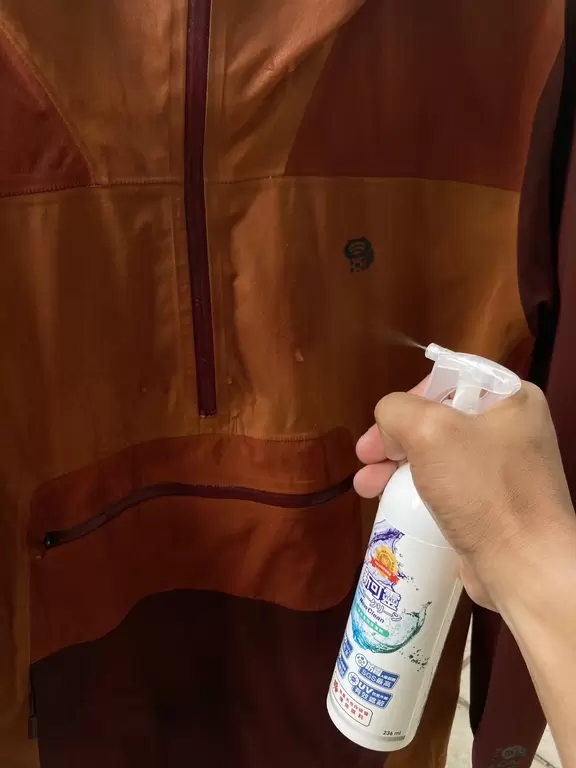
Xu An-Ting uses Shinco waterproof spray to reinforce gear waterproofing. Image Source: Xu An-Ting
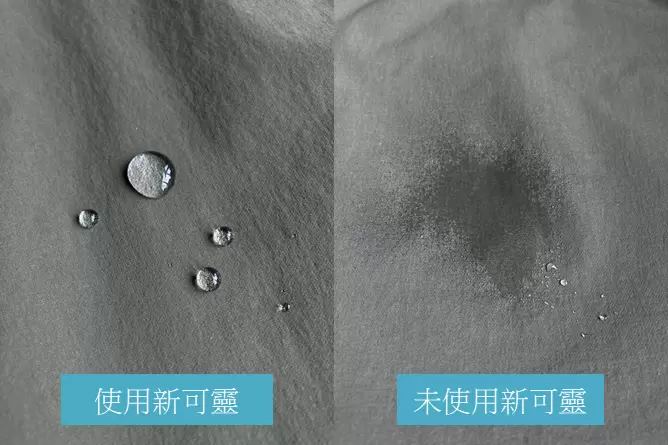
Before-and-after comparison using Shinco waterproof spray. Image Source: Xu An-Ting
In terms of equipment, technical climbing requires basic mountaineering gear and rope systems. Waterproofing is especially crucial in rapidly changing high-altitude weather conditions to prevent hypothermia caused by wet clothing. Xu mentioned using Shinco waterproof spray to enhance the waterproofing of his rain gear. "The effect is excellent, with no strange smell or chemical feel. It's an essential tool for protecting my equipment," he said.
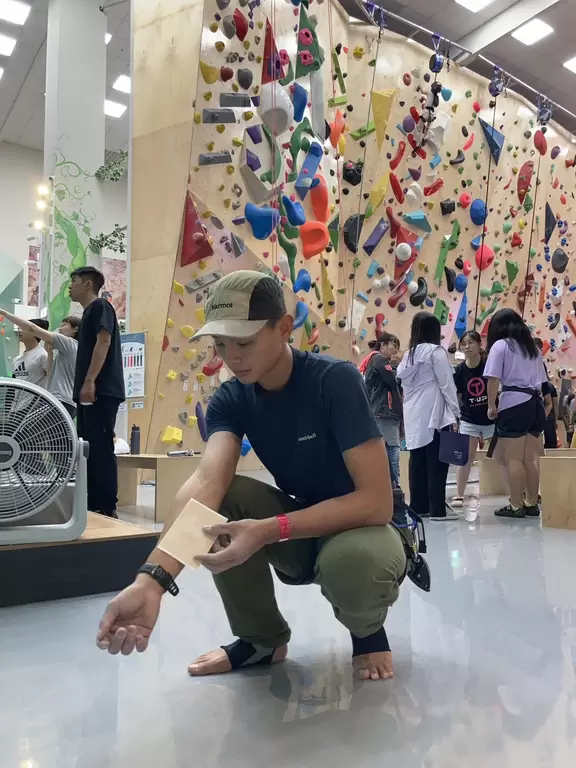
Xu An-Ting recommends using BtNPN Plant Nano Patches. Image Source: Xu An-Ting
Fatigue and soreness are common challenges in climbing. To relieve fatigue, Xu stretches and uses a water bottle as a foam roller. He also relies on BtNPN Plant Nano Patches for muscle recovery. "Compared to other brands, BtNPN patches are less intense in cooling sensation, have a milder scent, and don't cause allergic reactions even after long-term use," he noted.
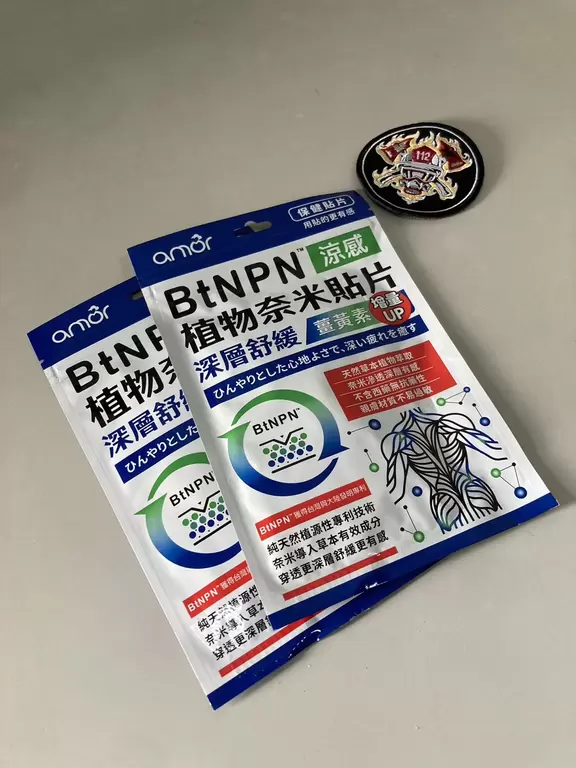
BtNPN Plant Nano Patches offer excellent relief without excessive cooling stimulation. Image Source: Xu An-Ting
Discussing the relief provided by BtNPN patches, Xu shared, "I first used them on my lower back after intense twisting movements. The patches significantly eased the soreness, and their adhesive strength ensured they stayed in place during activity."
Looking ahead, Xu admitted that he doesn't have specific climbing goals but hopes to continue gaining experience while safely and joyfully completing every climb. For beginners, he advises, "Maintain an open mindset, continuously learn, and always prioritize safety. Returning home safely is the most important goal." Technical climbing is undoubtedly filled with challenges, but it offers both physical and mental growth, providing climbers with a profound sense of self-fulfillment.